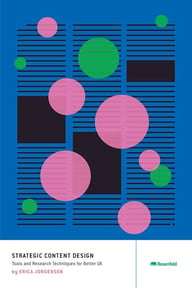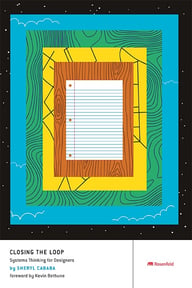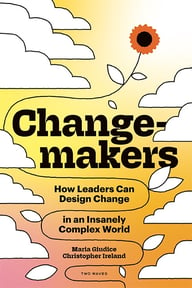Summary
DesignOps has been maturing in recent years and the adaptation of the practice has increased. With data from over 200 companies from all over the world, we are taking a deep dive into how DesignOps professionals are structuring their roles and/or teams in different companies. We are learning all about their impact, tools, and practices, as well as how are they adapting to the new normal, and how they are tackling social issues.
Key Insights
-
•
Design operations is an established profession with growing relevance as design teams scale.
-
•
The majority of design ops professionals are experienced, with 60% having 10-20 years in their careers.
-
•
Emotional intelligence, particularly empathy, is crucial for design ops roles.
-
•
Companies are increasingly recognizing the need for design operations, particularly in tech and finance sectors.
-
•
Most design operations teams work best when embedded within design groups, reporting to senior leadership.
-
•
Tools such as Figma, Slack, and Google Docs are integral for design ops to facilitate collaboration and documentation.
-
•
The pandemic has shifted the workplace dynamic, emphasizing remote work and the need for centralized communication tools.
-
•
There is a growing demand for design ops, yet many teams consist of only one or few members, which can limit their effectiveness.
-
•
Design ops should focus on creating environments that foster efficiency while meeting designer needs and quality standards.
-
•
Inclusivity and diversity initiatives remain critical areas for improvement in design operations teams.
Notable Quotes
"Many people do not come from traditional design backgrounds, but from different works of life."
"Design ops is a challenging role, but most people prioritize work-life balance."
"Design ops people get hired when a team grows to around 30 or 40 designers."
"The impact of small design ops teams can be significant, yet they often face resource constraints."
"Understanding the dynamics and politics inside a company is critical for design leaders."
"Most design operations professionals focus on internal communications and process optimization."
"Teams need to create the right environment for designers to do their best work."
"It’s important to evaluate what a company needs to understand about design to tailor it to their needs better."
"The role of design ops becomes even more relevant in a remote and distributed work environment."
"There’s a misconception that the design ops role is lesser paid compared to peers in similar fields."
















More Videos

"It’s important to support communities that are often overlooked in research discussions."
Dr. Jamika D. BurgeTheme 3 Intro
March 11, 2022

"When you have a more realistic situation, you learn more about how people handle challenges."
Marc Majers Tony TurnerInterrupted UX - Add A Dose of Reality To Usability Testing
March 11, 2022

"In generative AI, giving up control is essential for innovation."
Katie JohnsonDisrupting generative AI products with just-in-time consumer insights
June 4, 2024

"The testing process in medical design looks like a usability test but is much more prescribed and rigorous."
Daniel J. RosenbergDigital Medicine Design
September 26, 2019

"Understanding the tools and processes early on sets researchers up for success."
Taylor Jennings Joe Nelson Alex KnollRepository Retrospective: Learnings from Introducing a Central Place for UX Research
March 9, 2022

"Jobs-to-be-Done gives us a language to look at ends independent of means."
Jim KalbachJobs To Be Done
February 25, 2021

"Don't create beautiful visions that take years to build; create beacons that teams can navigate by."
Sharbani DharBreathing Room for Delight
January 8, 2024

"There was a need for more practical learnings from various projects."
Ariel KennanCivic Design in 2022
January 13, 2022

"Community input is invaluable in crafting solutions that work for everyone."
Lena ShenkarenkoCollaborative Wireframing for Creating Team Alignment and Shipping Better Products
October 21, 2020
















